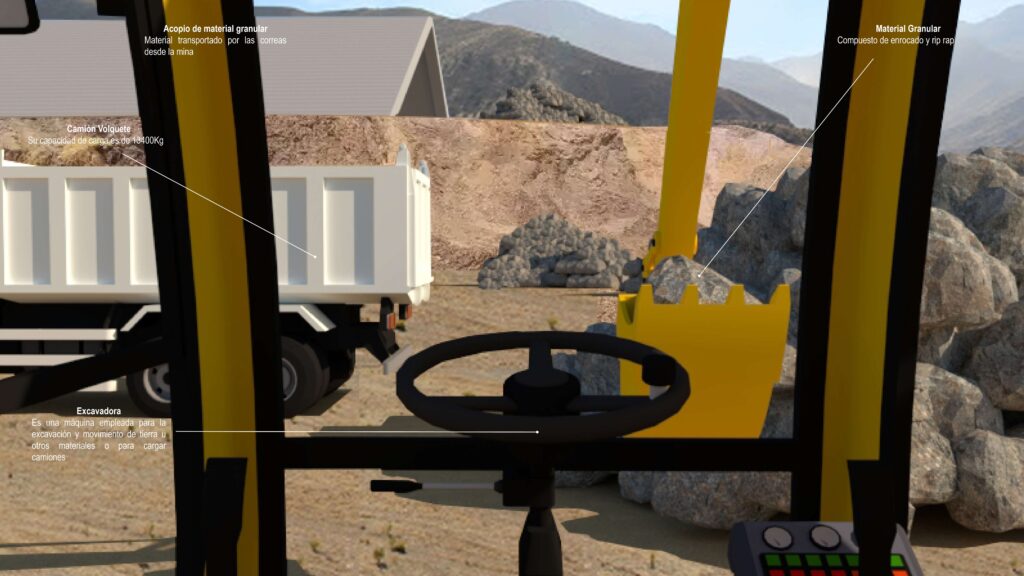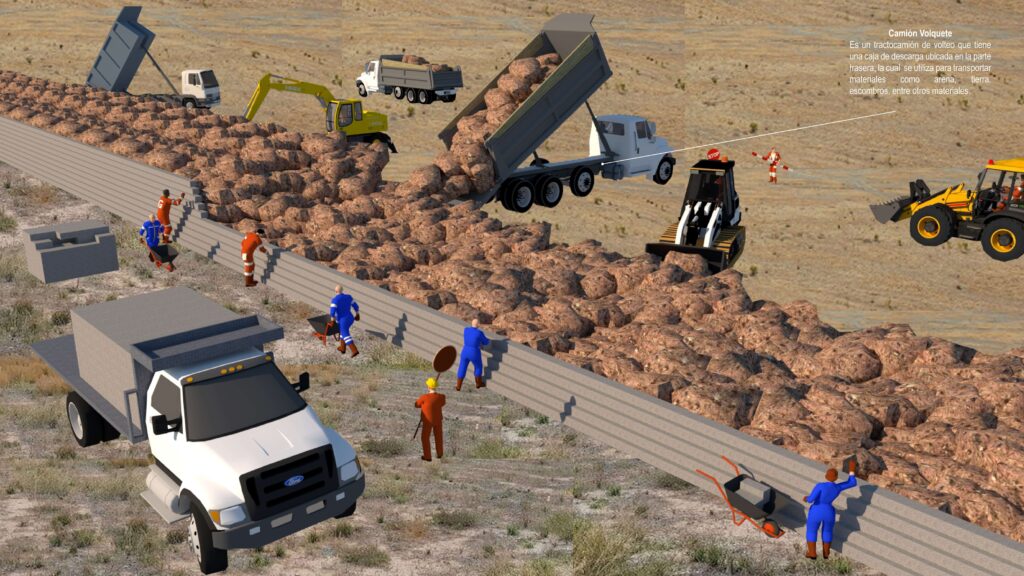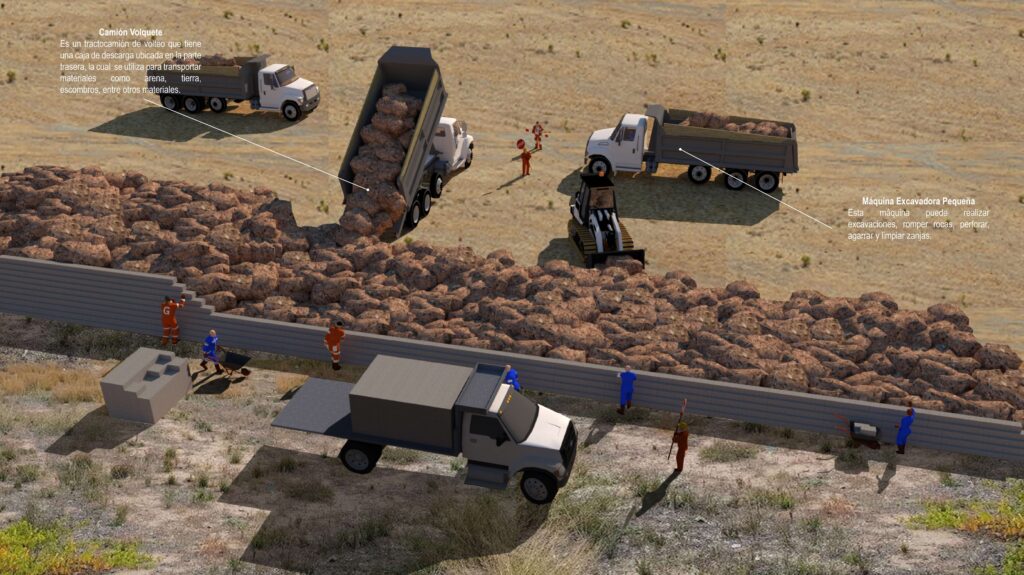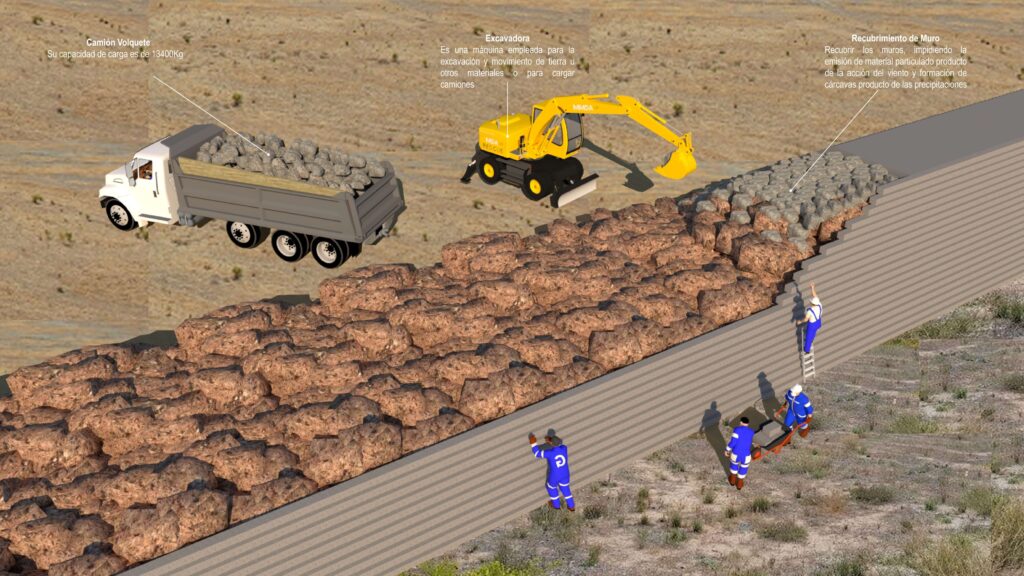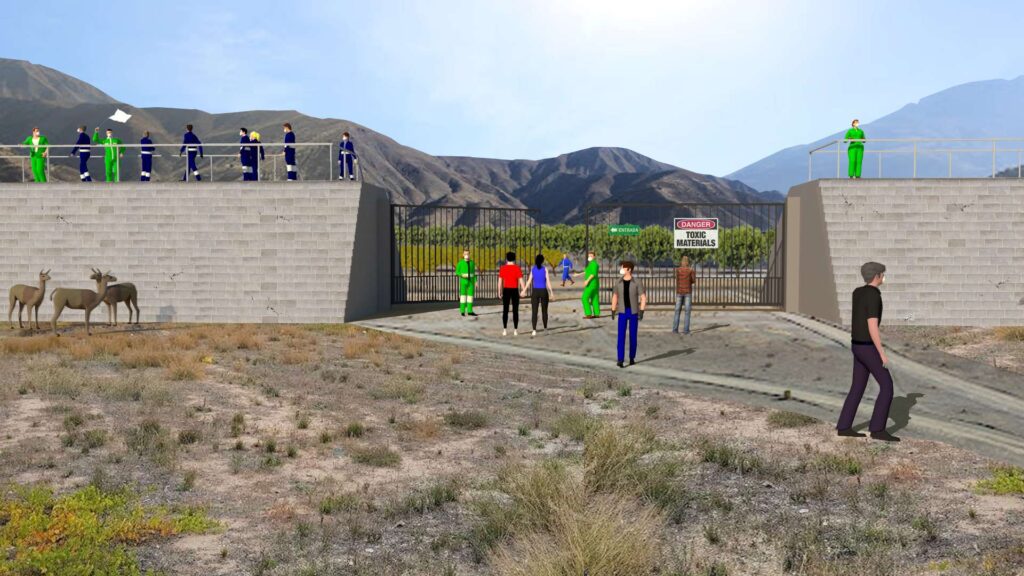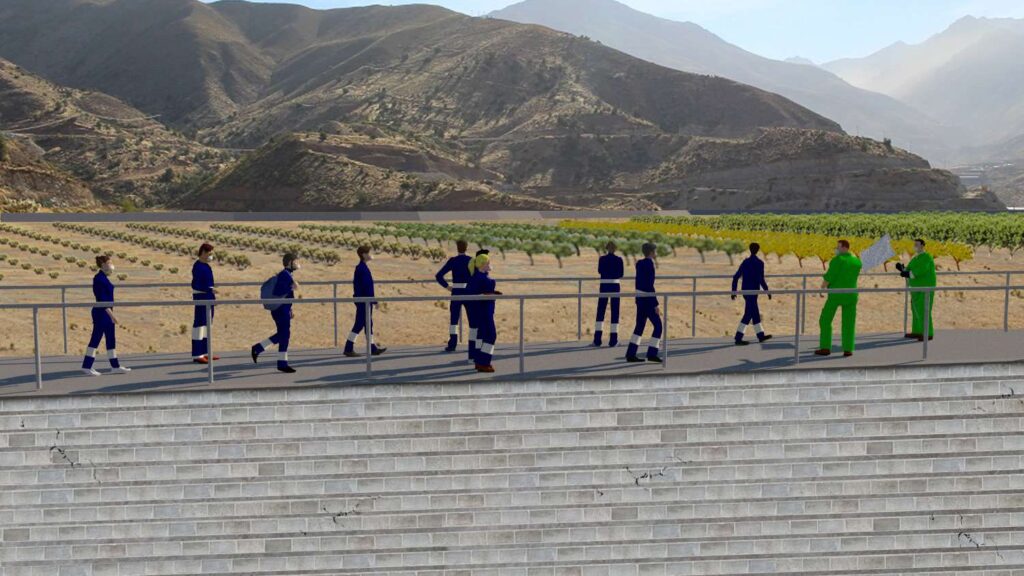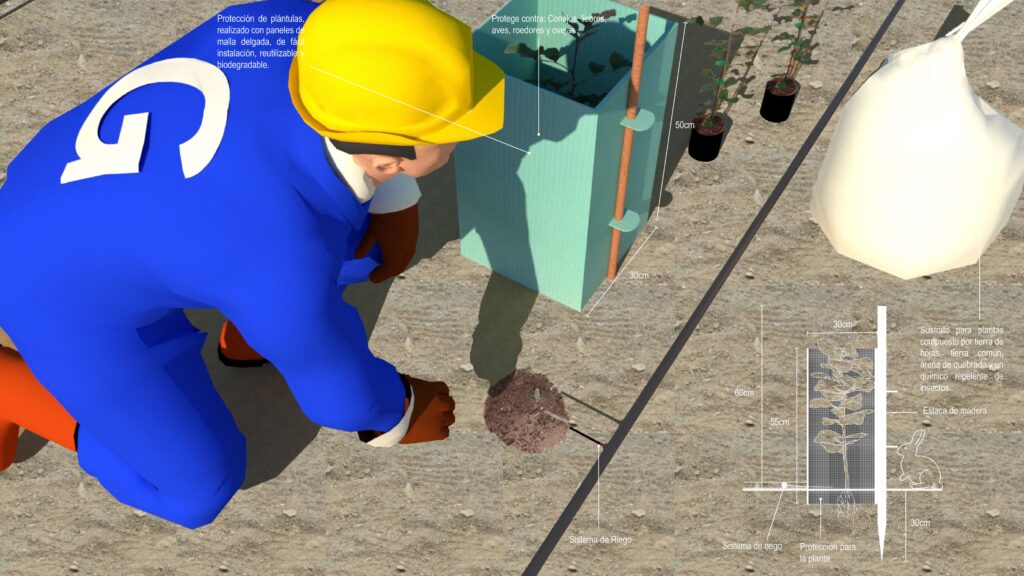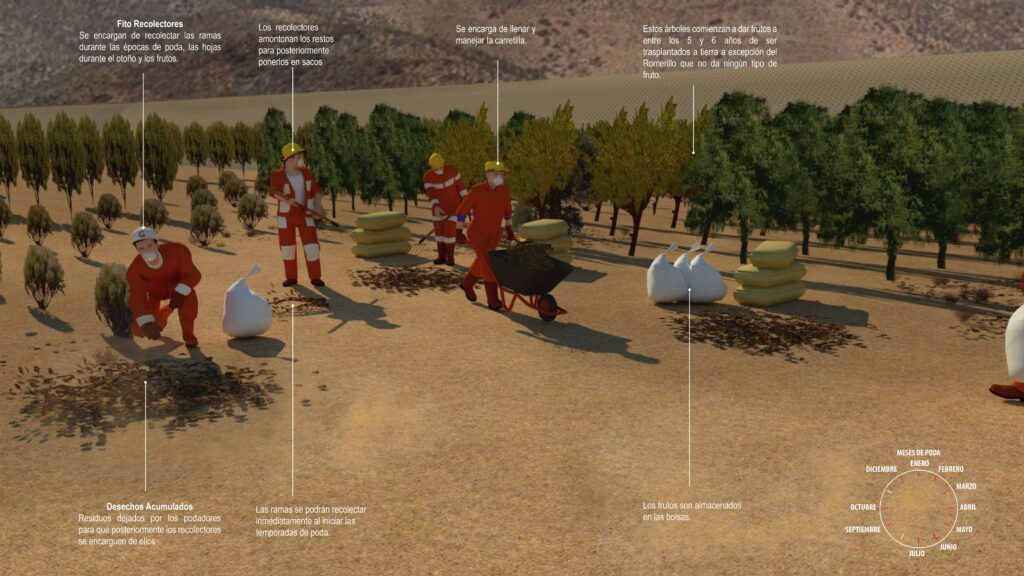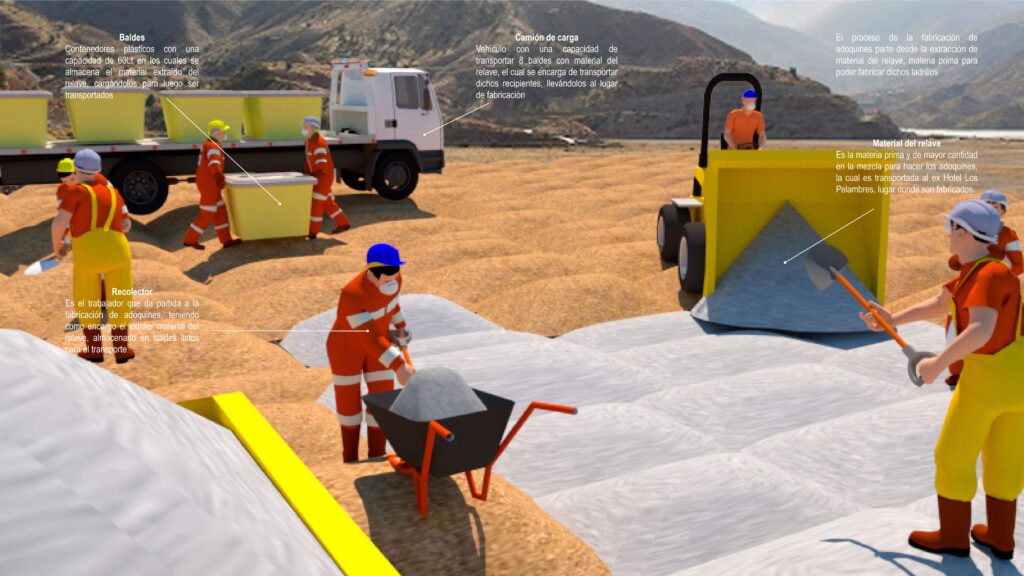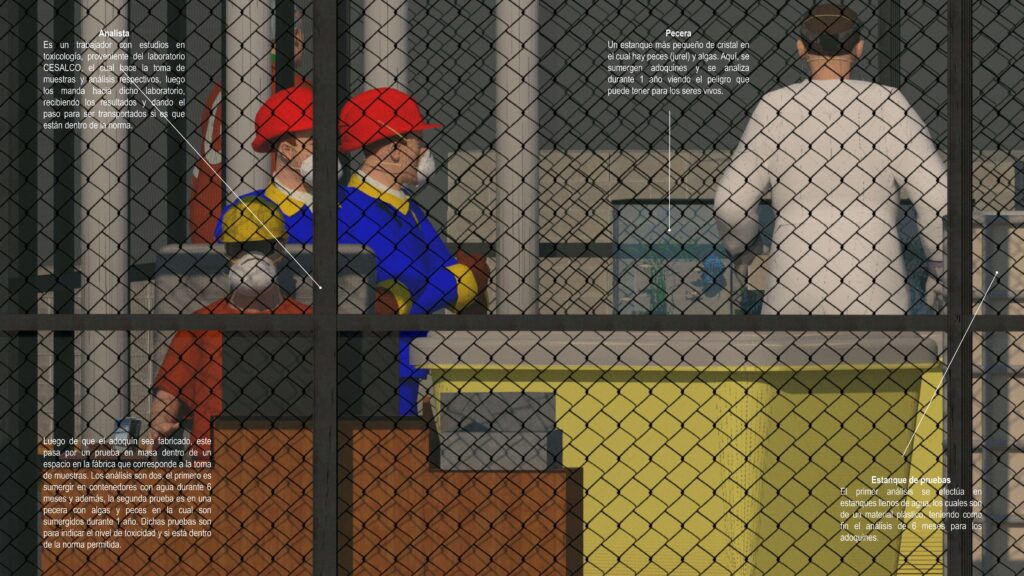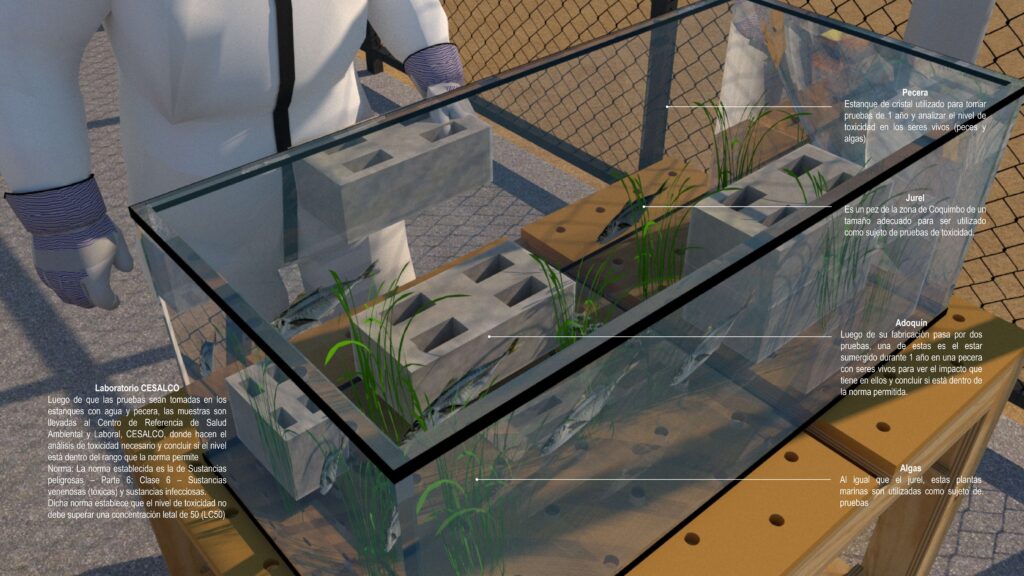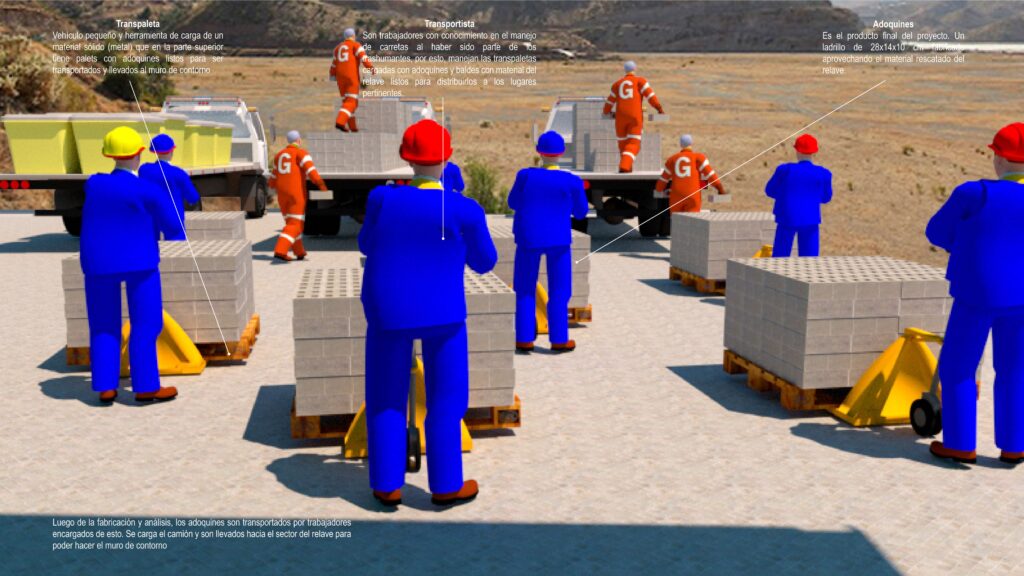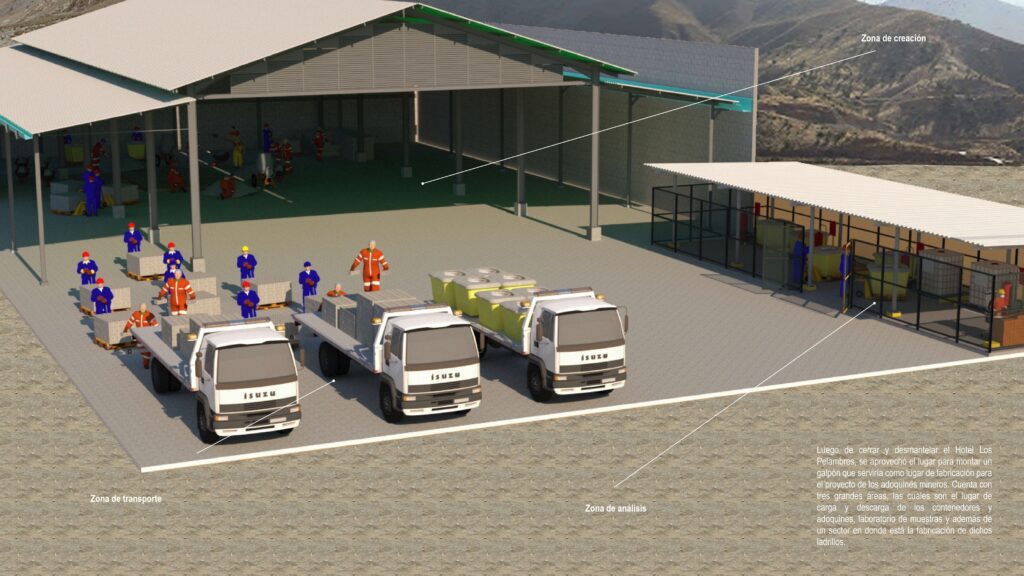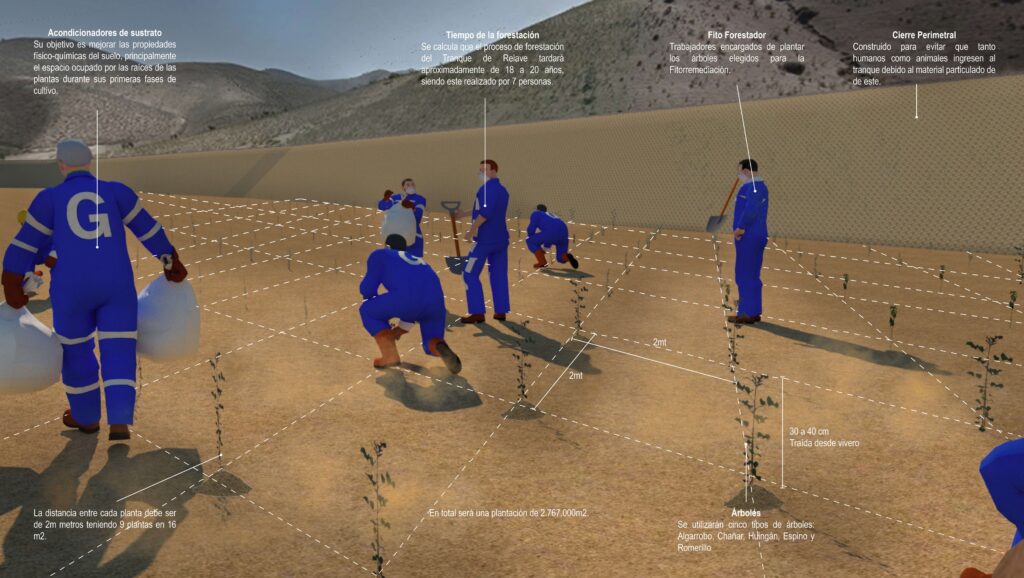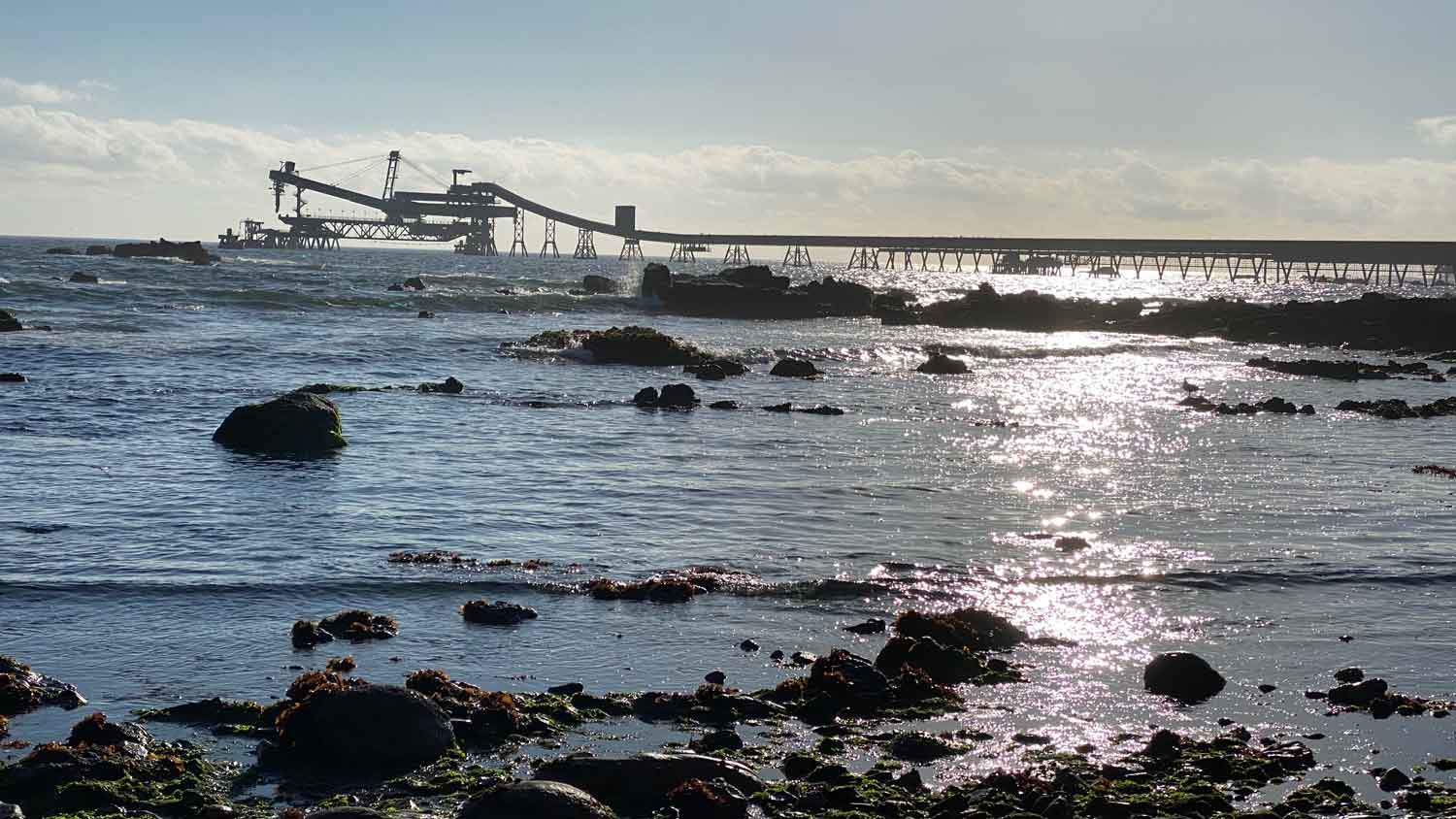TALLER DE INVESTIGACIÓN
Linda Schilling
ALUMNOS
Gabriel Alarcón
Daniela Barria
Rodrigo Burgos
Gonzalo Carrasco
Edgard Carreño
Sandro Chamorro
Kevin Colimil
Ignacio Painen
Rafael Pizarro
Yennifer Quintana
Tomás Salinas
Alejandro Sanz
World-making projects emerge from practical activities of many preindustrial livelihoods, from foraging to stealing, persist today …. but we neglect them because they are not a part of progress. These livelihoods make worlds too—and they show us how to look around rather than ahead.
TSING, ANNA LOWENHAUPT. The Mushroom at the End of the World: On the Possibility of Life in Capitalist Ruins. Princeton; Oxford: Princeton University Press, 2015
ANTECEDENTES
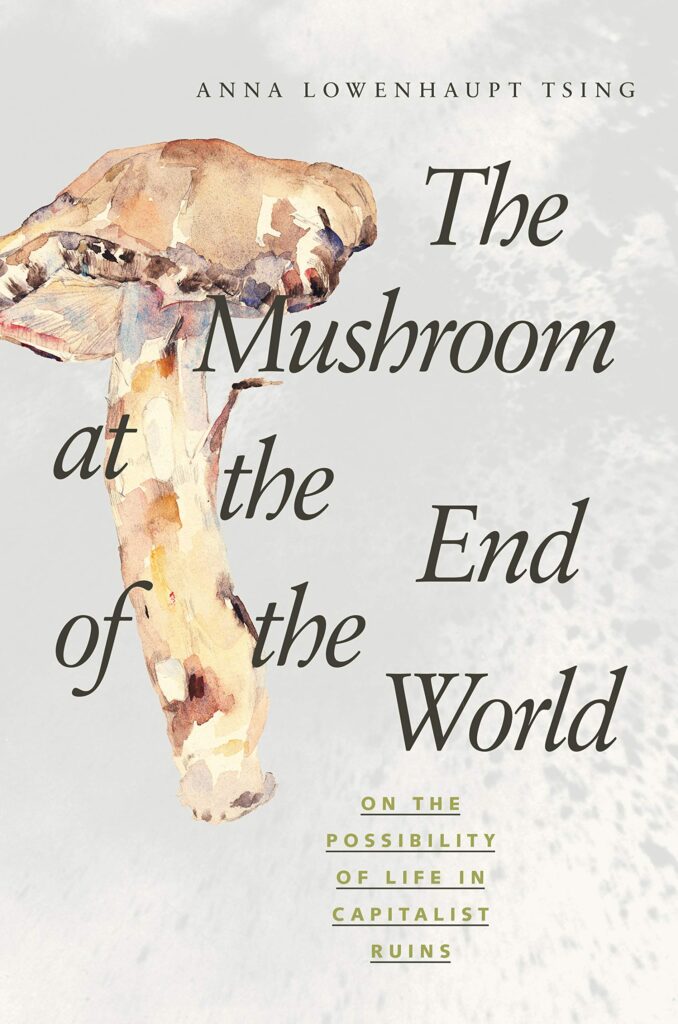
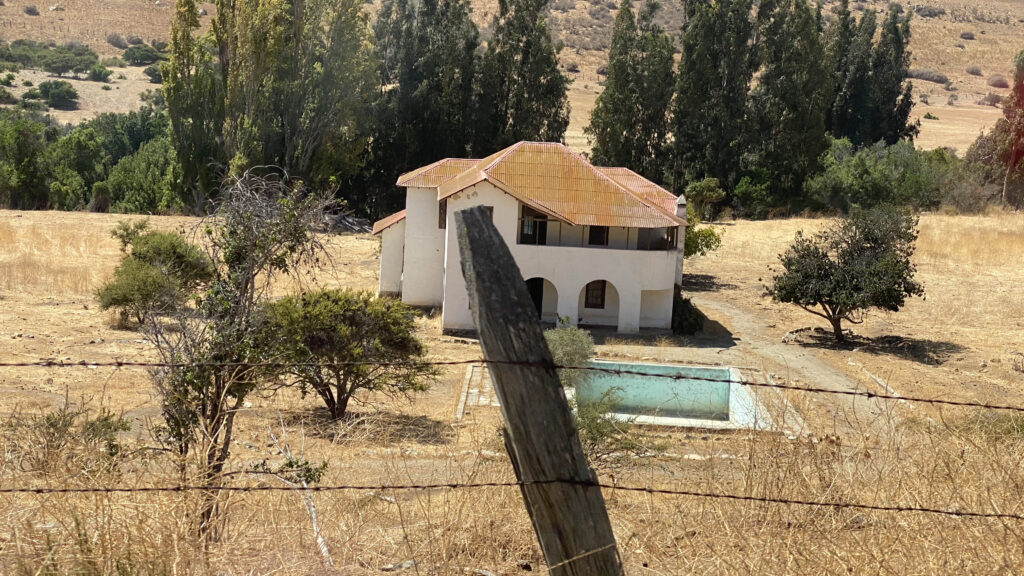
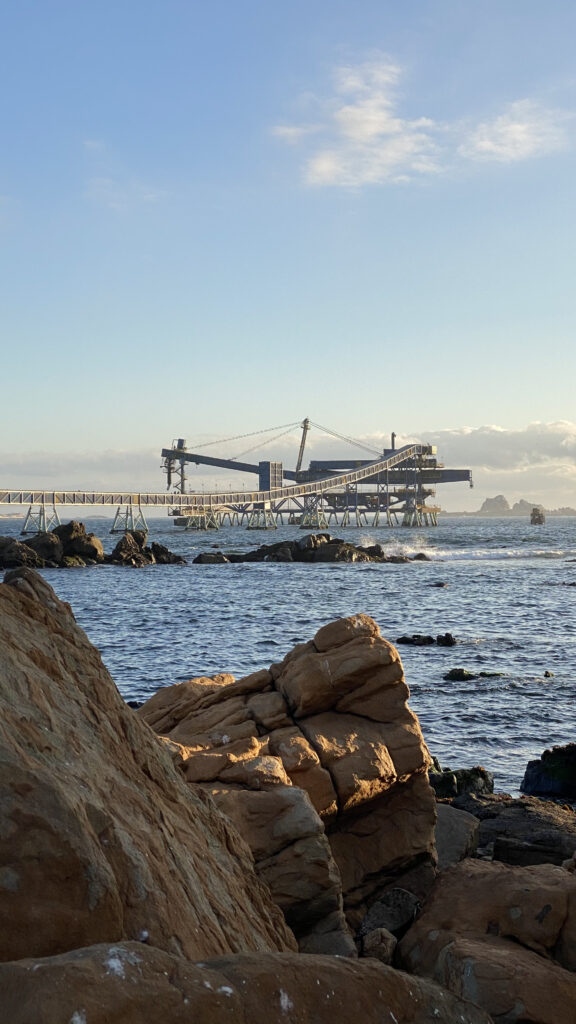
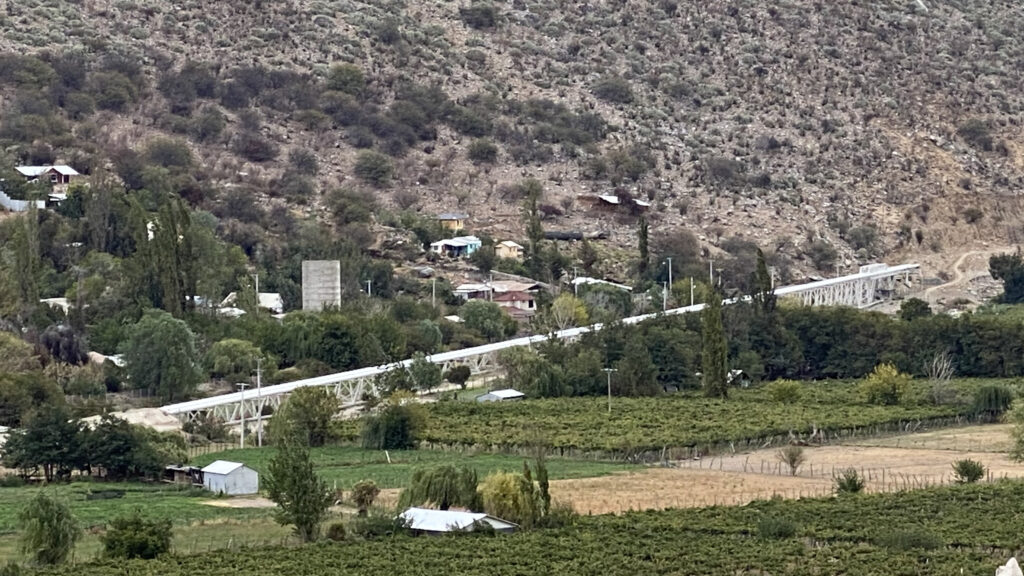
DESCRIPCIÓN
El taller se enfocará en la recopilación de antecedentes para la realización de un ejercicio especulativo plausible sobre los posibles oficios vinculados a la atomización de pasivos ambientales. El taller reconoce estos últimos como los nuevos paisajes productivos de territorios sometidos a extracción, los cuales tienen el potencial de gatillar una estrategia de remediación ambiental colectiva y de distribución planetaria.
El marco teórico a emplear es aquel presentado por la antropóloga Ann Tsing, quien en su libro The Mushroom at the End of the World nos invita a mirar a nuestro alrededor, en vez de hacia adelante, por pistas sobre cómo vivir en un planeta dañado.
Reconociendo las habilidades presentes en las comunidades a través de los oficios que podemos encontrar en el Valle del Choapa el taller explora oficios futuros que aprenden/proponen cómo vivir en paisajes dañados.
The studio focused on gathering background information to imagine plausible speculations on future economies linked to the atomization of environmental liabilities. The studio recognized the latter as new productive landscapes of territories subjected to extraction, which have the potential to trigger a strategy of collective environmental remediation and planetary distribution.
The theoretical framework is by anthropologist Anna Tsing in The Mushroom at the End of the World; she invites us to look around rather than ahead for clues on how to live on a damaged planet.
Recognizing the skills in the communities through the trades in the Choapa Valley, the studio explores future trades that learn/propose how to live in damaged landscapes.
